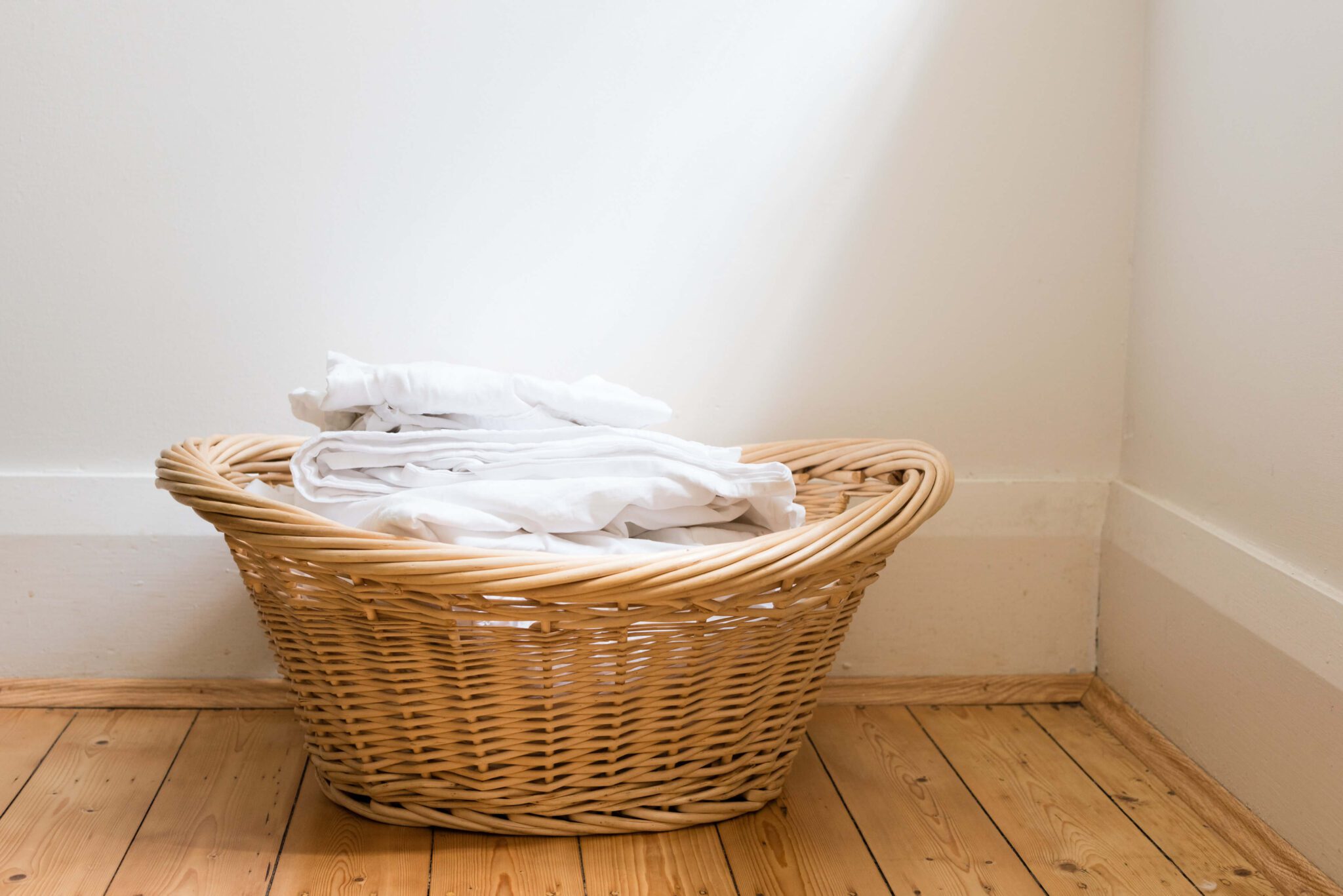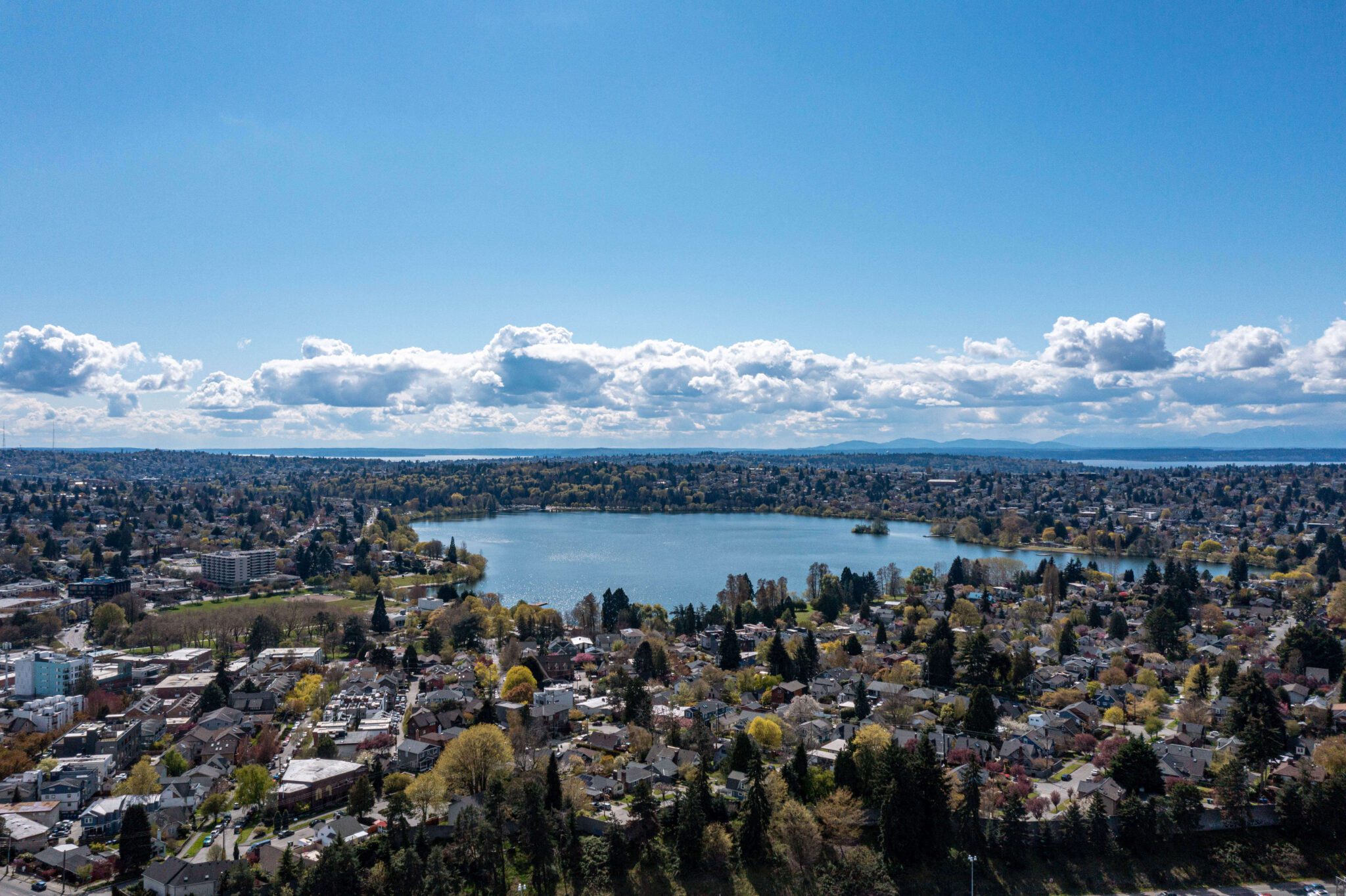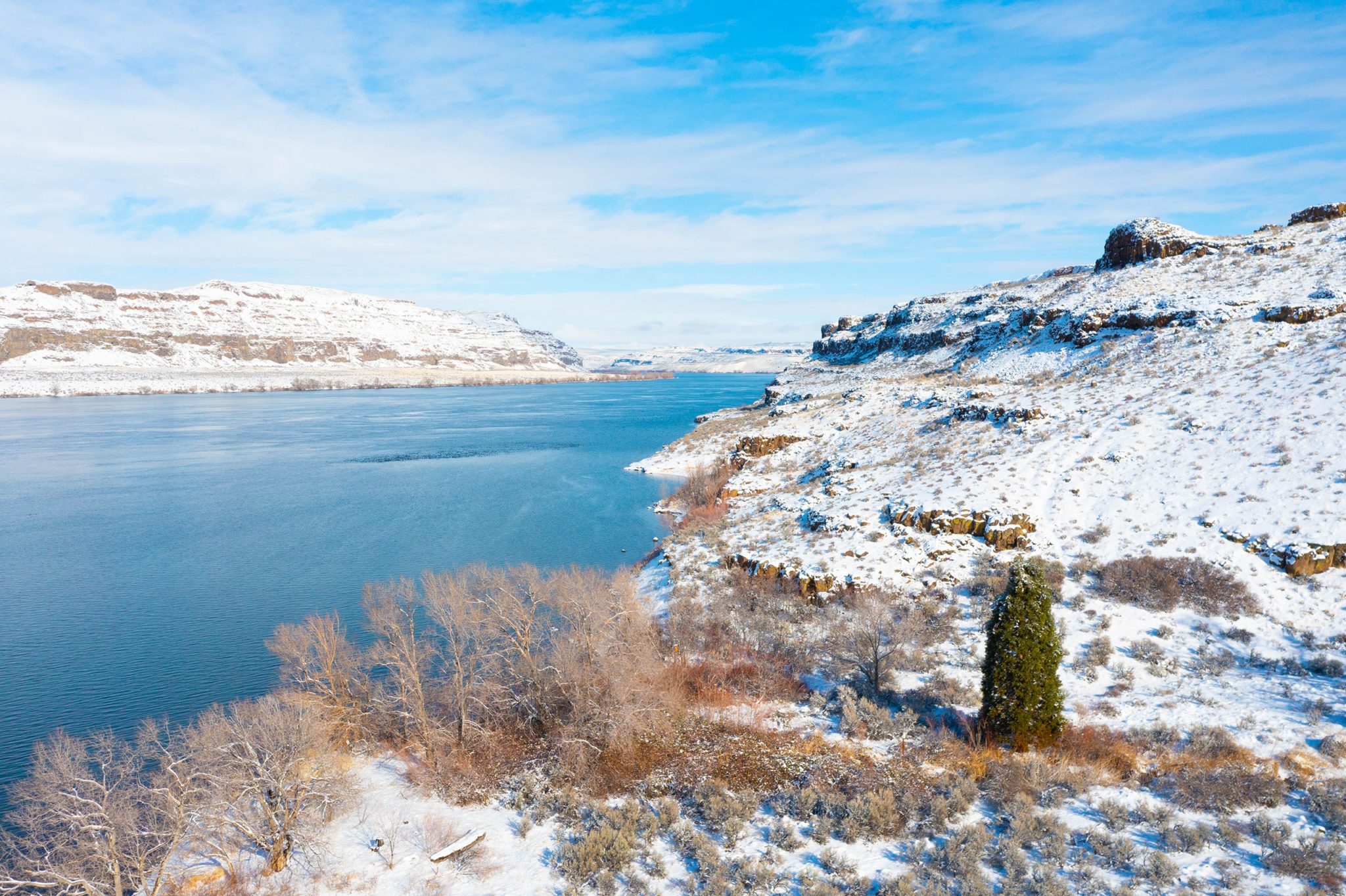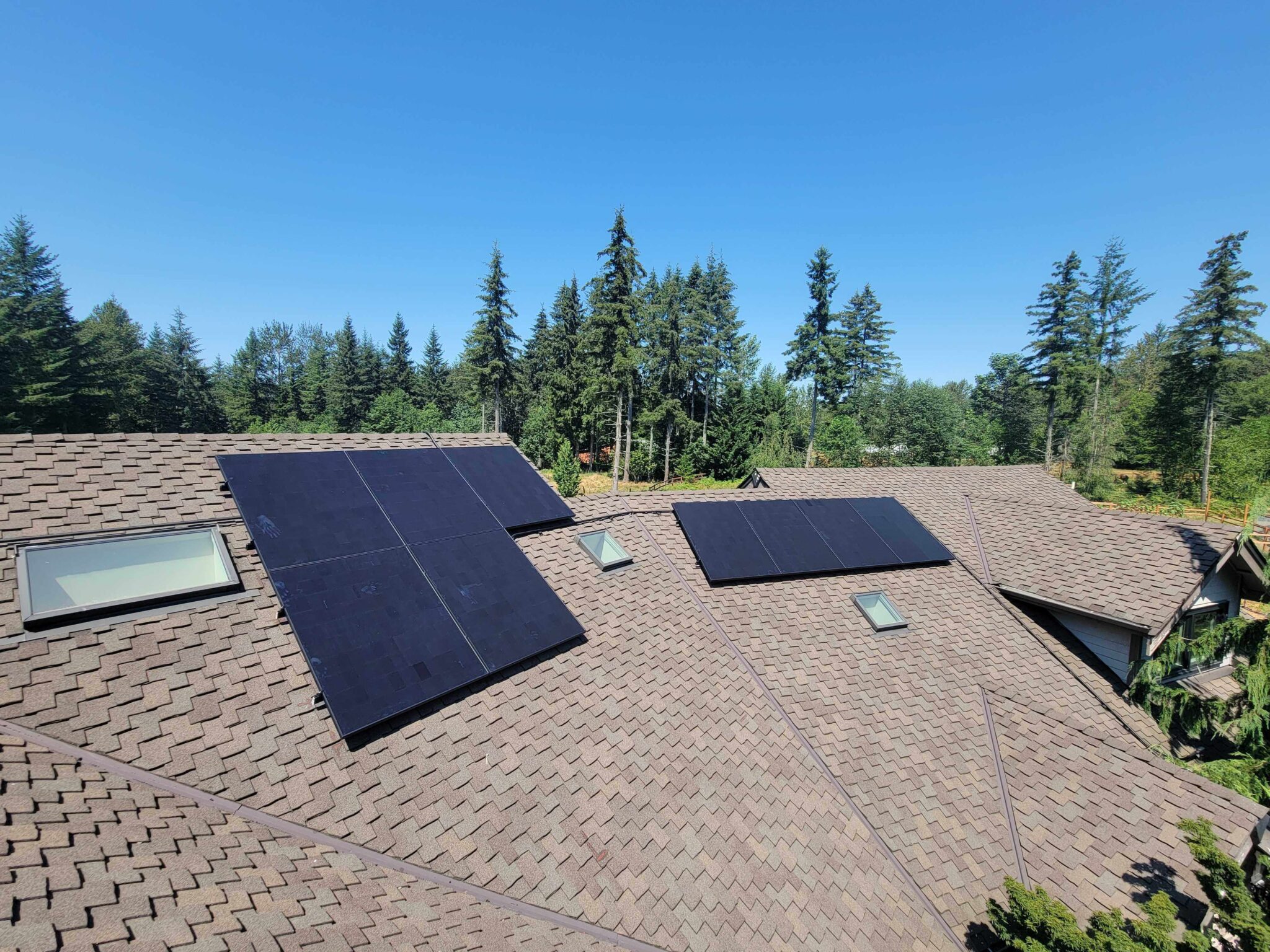Energize your habits
According to the Energy Information Association, the 3.2 million residential electricity customers in Washington pay $100 per month for energy. We are fortunate to have one of the country’s cheapest electricity rates, but with proposals from PSE and the increased demand for electricity globally, rates are going up! Best save money by changing some little habits while we electrify our homes and transportation and install renewable energy technology!

Electricity rates in Washington
Washington residents receiving electricity from PSE or Seattle City Light (SCL) are charged for electricity consumption at a tiered rate. PSE charges $0.093712 for the first 600kWh (tier 1) and then $0.113543 for anything past 600kWh (tier 2). SCL charges, on average, $0.10972 for the first 300kWh between April-September or 480kWh from October-March. And SCL will charge anything beyond that first tier on average at $0.13778. SnoPUD customer’s rates are at a flat $0.1047 per kWh with a daily charge depending on the service size or number of meters on site.
Optimizing energy usage
For customers in SnoPUD territory, it will be a straightforward mission to reduce energy costs, unlike PSE and SCL customers, who can avoid using energy that pushes them into the tier 2 rates increasing their savings from conservation habits.
Year-round habits for reducing costs: Electronics
Nowadays, the plethora of electronics in standby mode ready for you to use signifies a consistent draw of electricity running the meter. Utilizing power strips at home may increase the time it takes to get your home entertainment system ready, but it will lead to savings over the year.
- Power off electronics with a power strip when they’re not in use
- Save up to $10-20 per year
- Turn off lights when you leave the room
- Save up to $25 per year


Year-round habits for reducing costs: Water
Switching how you use water with the appliances in your home can drastically affect your energy consumption. Lowering the temperature on your water heater means less energy is used to maintain it at a higher temperature. Plus, washing your clothes with cold water and pairing the detergent optimized for cold water will bring in savings with the press of a button.
- Lower your water heater temperature
- Save up to $20 per year
- Wash Laundry with cold water
- Save up to $50 per year
Summer habits for reducing energy
The summers in Seattle are becoming dryer and more aggressive, with heat waves pushing many homes into states of discomfort. Increased usage of plug-in AC units demands heaps of energy from the grid, so much so that it can cause blackouts! Nevertheless, it will also be costly for homeowners to keep cool during the summer, so closing your shades to prevent the sun from heating the inside spaces helps greatly! If you can adapt to the warmer weather, setting your thermostat to 78 degrees can reduce the costs associated with cooling your home.
- Close your shades in the summer
- Save up to $10 per year
- Set your thermostat to 78 degrees in the summer
- Save up to $15 per year.


Winter habits for reducing energy
Other than recommending you to layer up with a cozy sweater, thick wool socks, and a big blanket from Pendleton. Opening up your shades to let the abbreviated time that the sun is shining in some rays and warmth will lighten the mood, helping you save on heating-related energy costs. Setting your thermostat to 68 degrees is the sweet spot between cozy comfort and winter fresh for most folks, and it will rack in significant savings for the long Washington winters.
- Open your shades on winter days for natural light and warmth
- Save up to $10 per year
- Set your thermostat to 68 degrees in the winter
- Save up to $125 per year.
Our utilities and State work towards 100% clean energy by 2045 as set in the Washington Clean Energy Transformation Act; residents can help make the current energy mix more sustainable through these energy conservation measures. When demand peaks, the fossil fuel and natural gas plants turn on to generate electricity in those peak moments. If the duration and intensity of peak demand are reduced, especially during extreme weather events, the utilities can avoid emitting more greenhouse gas and purchasing fossil fuels.
Using electric appliances such as laundry, dryers, and dishwashers during the afternoon between 12-4 PM will allow the solar energy generated during that time to be used up. Conversely, later in the evening, a couple of hours after the post-work hours from 9-12 PM, will utilize energy generated by wind power.



